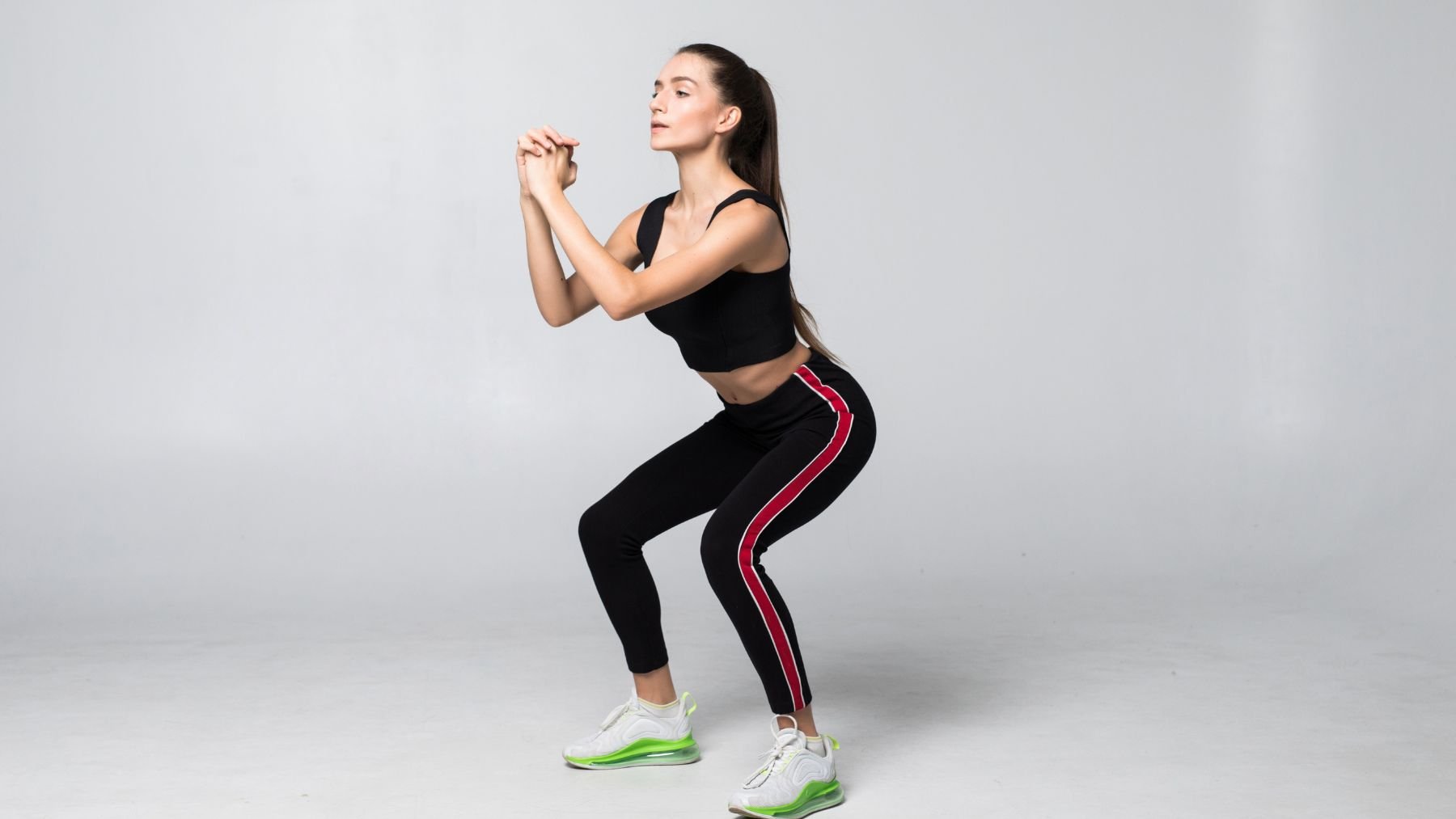Strength exercise plays a vital role in preserving muscle mass and improving life expectancy, especially as we age. By the time most people reach 30, they begin losing 3% to 8% of muscle mass per decade, and this loss accelerates after 60, reaching up to 15%. Evidence shows that targeted strength exercises can counteract this decline, supporting mobility, independence, and overall health.
Maintaining muscle strength isn’t only about aesthetics or physical performance—it’s a major predictor of longevity. While diet, sleep, and aerobic activity are often highlighted, research indicates that muscle weakness, particularly in the legs, is strongly associated with higher risks of mortality, cardiovascular disease, and loss of independence. Strengthening these key muscles can make a significant difference in both lifespan and quality of life.
Squats: The key exercise for longer, healthier life
Squats have emerged as a standout exercise for adults over 50. According to Harvard Health, strength training, including body weight exercises like squats, may help older adults live longer. Unlike complex gym routines, squats are accessible, require no special equipment, and activate multiple muscle groups simultaneously.
They target the glutes, quadriceps, and core, while also engaging the hips, knees, and ankles, promoting better joint mobility and posture.

The benefits of squats go beyond muscles. Research from the famous “sit-to-stand test” (SRT) shows that people who can perform repeated sit-to-stand movements easily tend to have a significantly lower risk of dying in the following years. Squats replicate many of these functional movement patterns, enhancing strength, balance, and coordination—abilities that are crucial for preventing falls and maintaining independence with age.
Muscle is a metabolically active tissue, producing energy and supporting cell synthesis. David Ramirez, director at Viding Castellana in Madrid, explains that the stronger your muscles, the greater your capacity to stay autonomous and active. He also notes that strength training acts as a cardiovascular exercise, improving heart health alongside traditional cardio routines.
How to start and progress safely
Starting a strength routine doesn’t mean lifting heavy weights immediately. For beginners or those returning after a long break, low-resistance exercises, guided workouts, or machines at the gym can provide a safe starting point.
Working with a professional trainer is advisable for correct technique, modifications, and injury prevention. Once the basics are mastered, progressing with body weight or free weights can steadily build strength, power, and endurance.
In addition to squats, a well-rounded routine should include complementary exercises.
- Deadlifts strengthen the posterior chain and teach safe lifting mechanics.
- Shoulder presses improve upper body stability.
- Rows with a barbell enhance posture and prevent kyphosis.
- Grip exercises, unilateral movements, push-ups, sit-ups, and jumps all contribute to overall strength, balance, and cardiovascular health.
The cumulative effect of these exercises is profound. Regular squats and strength training enhance mobility, prevent sarcopenia, support bone density, reduce fall risk, and improve insulin sensitivity. While there’s no guarantee that performing squats will make someone reach 100, they significantly increase the chances of living an active, independent life.
Prioritizing muscle strength after 50 is a proven strategy for protecting against cardiovascular disease, neurodegenerative conditions, osteoporosis, and other age-related illnesses.
Ultimately, squats offer a simple, effective way to safeguard both longevity and quality of life. They combine strength, balance, and cardiovascular benefits in one functional movement. Consistently practicing squats, alongside a varied strength program, equips the body to age more resiliently, ensuring that living longer is matched by living well.

